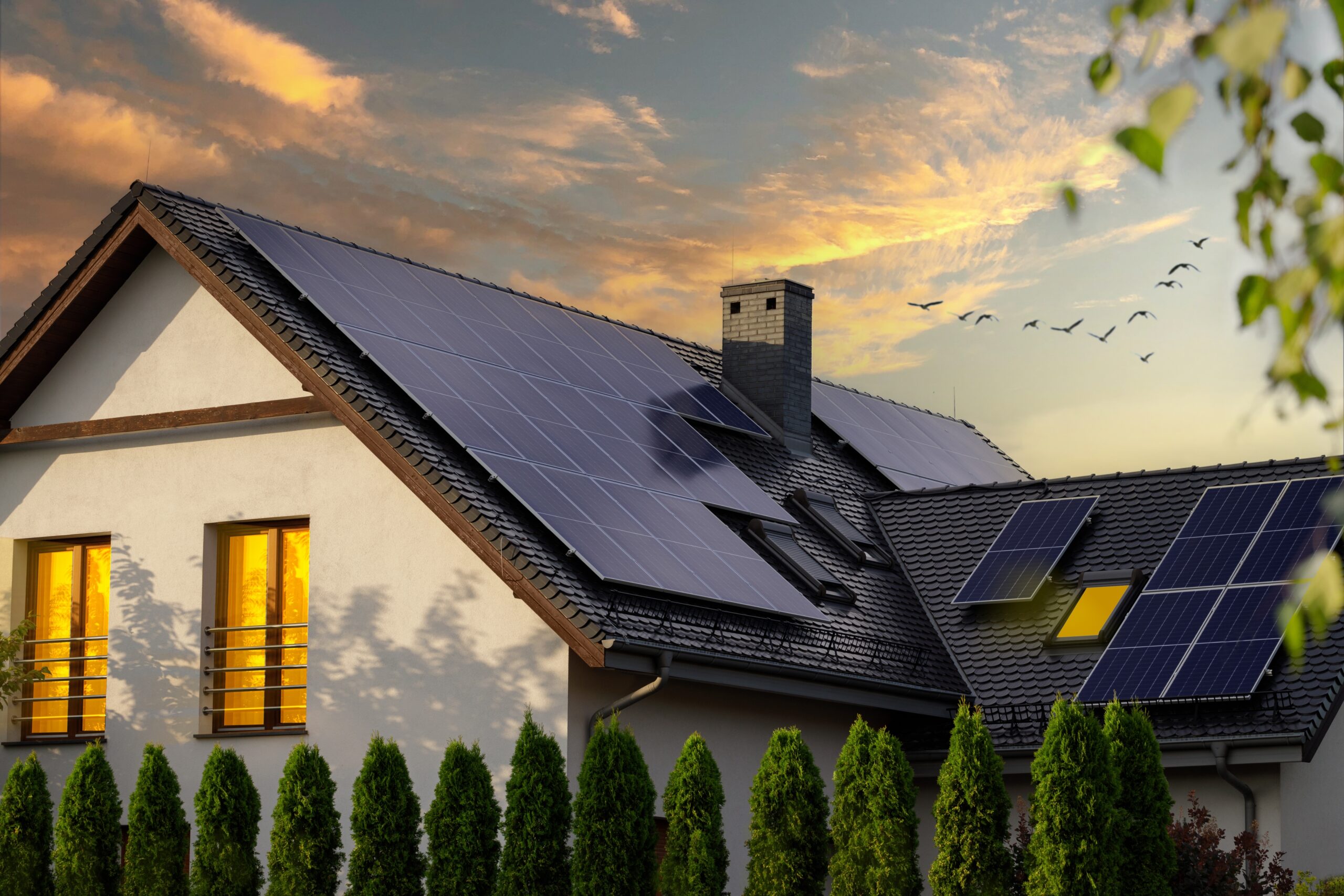The past year has been full of contradictions for renewable energy in the United States. Ever since the Inflation Reduction Act went into effect in 2022, American businesses have invested more than $110 billion in green technology. Renewable energy is currently the cheapest form of power on the planet, and seems likely to remain so as it becomes more common. However, some investors in the U.S. have pulled away from solar and wind technology as inconvenient state laws and overseas competition make it harder for these energy sources to turn a profit.
A Bloomberg report from Nov. 3 provides a salient case study for solar power investments. The article examines three solar power companies: Sunrun Inc., SunPower Corp., and SolarEdge Technologies Inc. All three organizations sell equipment for residential solar power; all three failed to meet their sales goals for Q3 2023; and all three have taken a stock price hit of roughly 10% since then.
The first two companies are based in the U.S., while the third is based in Israel. But all three companies cater to American buyers, particularly in California. Before, the state’s Net Energy Metering (NEM) 3.0 plan offered generous compensation for residents whose home solar panels generated excess power. As of December 2022, the California government has cut those benefits by about 75%, making solar energy a much tougher sell for everyday homeowners.
As solar power companies encounter resistance from within the country, they also face stiff competition from without. In spite of generous incentives from the Inflation Reduction Act, solar panels from East Asia are still often cheaper. This means that American customers will often buy Chinese panels—and that China, not the United States, may be better positioned to export those panels across the globe.
In certain parts of the U.S., investors seem equally leery of wind energy. A recent NPR story from the Planet Money series discusses a big missed opportunity for renewable power in the Gulf of Mexico. The Bureau of Ocean Energy Management, part of the U.S. Department of the Interior, tried to auction off three areas of prime marine real estate for offshore wind power plants. A comparable spot in New York state had sold for more than $1 billion. When all was said and done, though, the Bureau sold one Gulf site for $5.5 million; the other two sites did not sell at all.
The primary culprit, according to the Bureau’s deputy chief of staff, Mike Celata, is how Gulf states incentivize green power—or, more accurately, how they don’t. To encourage renewable energy initiatives, individual states can set favorable prices for electricity from eco-friendly sources. In Mississippi, Louisiana, and Texas, those incentives simply aren’t there.
It’s worth noting that energy subsidies are hardly unique to the green tech sector. Last year alone, governments all around the world provided $7 trillion to keep fossil fuel companies running smoothly. Which energy companies become profitable, then, seems to be as much a factor of politics as it is of technology.








